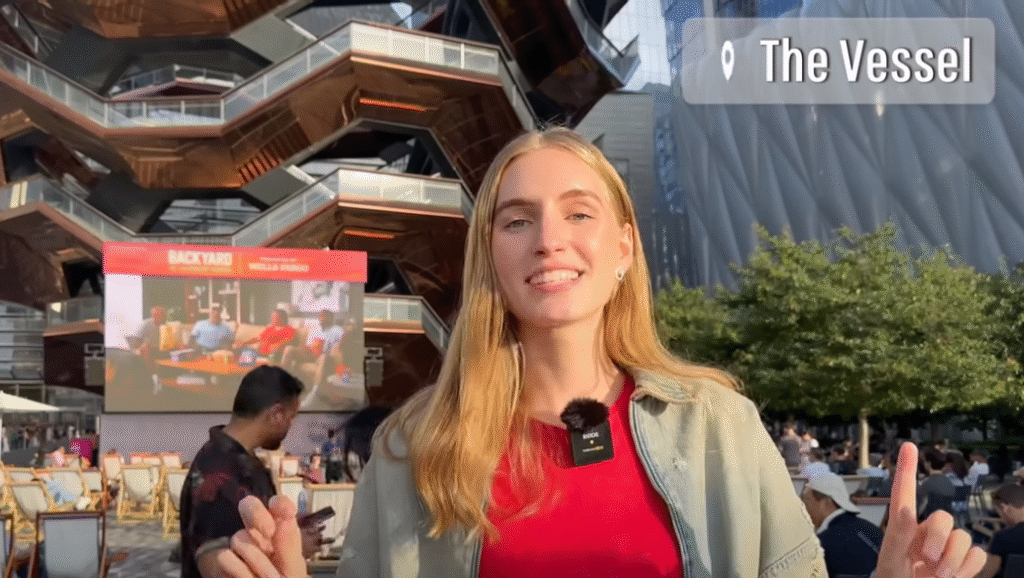Transportation plays a vital role in human life. It enables the movement of people and goods from one place to another, making travel and trade possible. Over the centuries, transportation has evolved dramatically—from walking on foot to using advanced high-speed trains and airplanes. In the English language, there are many terms used to describe the various modes of transportation. Understanding these terms is helpful not only for communication but also for cultural awareness and travel experiences.
In general, transportation can be divided into three main categories: land, water, and air transportation. Each category includes several different modes of transport, used for various purposes based on distance, speed, cost, and accessibility.

1. Land Transportation
Land transportation is the most common form of transportation and includes both public and private options. This mode refers to travel that takes place on roads, railways, and off-road paths.
a. Cars
Cars, also known as automobiles, are among the most widely used vehicles for personal travel. They offer privacy and convenience and are ideal for short to medium distances. In English, terms such as “sedan,” “SUV,” “convertible,” and “hatchback” describe different types of cars. People commonly use verbs like drive or ride in when referring to car travel.
b. Buses
Buses are a common form of public transportation. They can be city buses, school buses, or long-distance coaches. City buses make frequent stops and operate on fixed routes, while coaches are used for intercity travel and often come with more comfortable seating. Buses are affordable and efficient for large groups of people.

c. Motorcycles and Scooters
Motorcycles and scooters are two-wheeled motor vehicles. They are fast, fuel-efficient, and often used in busy cities to avoid traffic congestion. The term “bike” is often used informally for motorcycles, although it can also refer to bicycles.
d. Bicycles
Bicycles, or “bikes,” are human-powered vehicles with two wheels. They are environmentally friendly, economical, and often used for short distances or recreational purposes. In many cities, cycling has become popular due to the availability of bike lanes and shared bike programs.
e. Trains
Trains are a major part of long-distance land transportation. They run on rail tracks and can carry passengers or cargo. In English, we distinguish between commuter trains (used for daily travel in cities), freight trains (used for transporting goods), and high-speed trains (like Japan’s Shinkansen or France’s TGV). Trains are efficient and can cover long distances at a relatively low cost.
f. Trams and Subways
Trams (also called streetcars or trolleys) run on tracks and usually operate within cities. Subways, also called metros or underground trains, are rapid transit systems that run below the surface. These are essential for fast travel in large urban areas.
g. Walking
Though it might not always be considered a “mode of transportation,” walking is the most basic and accessible form of travel. In English, verbs like walk, stroll, and hike refer to different types of walking.
2. Water Transportation
Water transportation has been used for thousands of years and remains important for travel, tourism, and trade. It includes various kinds of boats and ships used on seas, rivers, and lakes.
a. Boats
Boats are smaller watercraft used on rivers, lakes, and sometimes coastal waters. Types of boats include rowboats, sailboats, fishing boats, and motorboats. Rowboats are powered by oars, sailboats use the wind, and motorboats use engines.

b. Ships
Ships are large vessels used for transporting goods or people across seas and oceans. Cargo ships carry containers and products between countries, while cruise ships carry passengers for vacation and entertainment. Naval ships are used by the military.
c. Ferries
Ferries are boats or ships that carry people, vehicles, or goods across a body of water on a regular schedule. In many cities located near rivers or coasts, ferries are a common way to commute.
d. Yachts and Canoes
Yachts are luxury boats often used for leisure and are associated with sailing or yachting as a hobby. Canoes are narrow, lightweight boats paddled manually, often used for recreation on rivers and lakes.
3. Air Transportation
Air transportation is the fastest mode of travel, especially for long distances. It is essential for international travel and fast cargo delivery.
a. Airplanes
Airplanes, or planes, are the most common form of air travel. They are used for both commercial and private travel. In English, we often use the verbs fly, take, or catch a flight. Airplanes vary in size, from small private jets to large commercial aircraft like the Boeing 747 or Airbus A380.
b. Helicopters
Helicopters are aircraft that take off and land vertically. They are used for many purposes including emergency rescue, military operations, and short-distance urban transport. Helicopters are especially useful in areas without landing runways.
c. Hot Air Balloons
A hot air balloon is a lighter-than-air aircraft, typically used for recreation. It rises into the air using heated air and offers a peaceful way to see landscapes from above.
d. Drones and Gliders
Drones, though mostly used for photography and delivery today, are a growing mode of aerial transport. Gliders are aircraft without engines, using wind currents to stay airborne.
4. Other Modes of Transportation
With advancements in technology, new forms of transport have emerged that don’t fit neatly into land, water, or air categories.
a. Cable Cars and Chairlifts
These are often used in hilly or mountainous areas. Cable cars run on cables suspended in the air, while chairlifts are commonly seen in ski resorts.
b. Monorails and Maglev Trains
Monorails run on a single rail and are often found in amusement parks or modern cities. Maglev (magnetic levitation) trains use magnets to float above the tracks, enabling extremely high speeds with minimal friction.
c. Spaceships
Though not part of everyday travel, space travel is an emerging field. Terms like rocket, space shuttle, and spacecraft are used when discussing human exploration beyond Earth.
Conclusion
In English, the vocabulary surrounding transportation is broad and varied, reflecting the diversity of ways we move across the world. Whether by land, water, or air, each mode of transport has its own terminology, purpose, and cultural relevance. Understanding these terms not only helps in practical situations—like giving directions or traveling abroad—but also enriches our perspective on how societies connect, interact, and evolve.
As technology continues to advance, the future may bring even more innovative modes of transport, from flying cars to underground hyperloops. But no matter how transportation evolves, the words we use to describe these journeys will continue to shape the way we think about movement, progress, and human connection.



